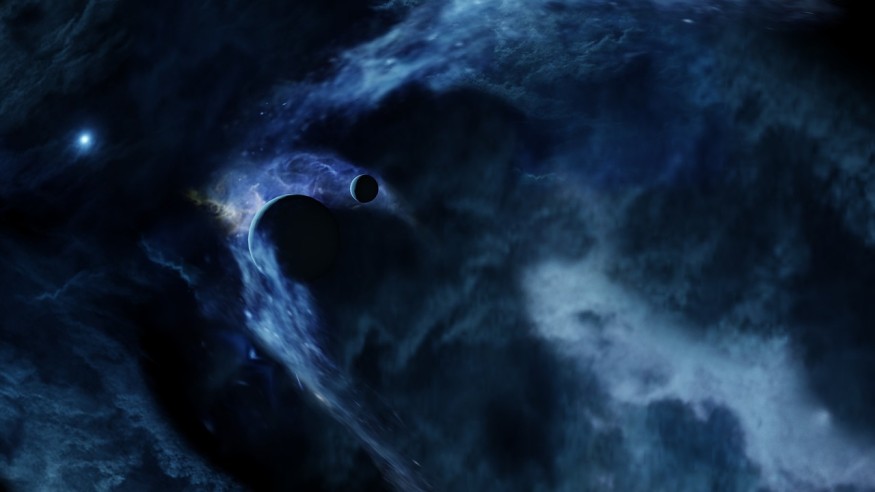While the idea of Planet Nine has been floating among the astronomical community, Japanese astronomers think that another Earth-like planet that is not Planet Nine could lurk around the Solar System in an area relatively close to home.

An Earth-Like Plane That Is Not Planet Nine
More specifically, astronomers think this Earth-like planet could be taking refuge within the Kuiper Belt, an object's donut-shaped ring that stretches beyond Neptune's orbit.
The astronomers explain in their paper the possibility of a primordial planet surviving in the Kuiper Belt as a KBP, given how several of such planetary bodies existed during the time of the early Solar System.
The Kuiper Belt planet (KBO) goes as far as 500 AU (astronomical units) from the Sun. This is equivalent to 500 times the Earth-Sun distance. It is, however, closer compared to the hypothesized Planet Nine.
In terms of mass, KBP has three times the mass of Earth. However, the area is likely too low to foster and support life.
The Kuiper Belt is known to host millions of icy objects called TNOs (trans-Neptunian objects) because they are beyond Neptune. These TNOs are perceived to be leftovers of the outer Solar System's formation. They comprise combinations of volatile ices, amorphous carbon, and rock.
The Japanese team explains that TNO orbits could signify that an unknown planet could be lurking in the outer Solar System. They observed that some objects appear to have odd orbits, meaning that something larger could influence them gravitationally.
Aside from this, the belt is also known to host some high-inclination objects with high tilts while orbiting around the Sun.
According to computer simulations, the theorized KBP could be behind such impacts. The researchers note that having an Earth-like planet on a far and inclined orbit could sufficiently explain the three basic properties of the far Kuper Belt. These properties include a high population of objects with high inclination, the existence of peculiar-orbited objects, and the prominence of a TNO population that orbits beyond the gravitational influence of Neptune.
However, these come as predictions and not confirmation regarding the Kuiper Belt's existence. The latter requires more research.
As such, the researchers also stress that this Earth-like world is entirely different from the widely theorized Planet Nine.
ALSO READ : Mysterious New Trans-Neptunian Object Could Help Search for Planet Nine, Astronomers Say
What is Planet Nine?
The hypothetical Planet Nine, whose existence is prompted by mathematical evidence revealed by Caltech researchers, is said to have the size of Neptune and to orbit around the Sun in a highly stretched orbit that goes even farther than Pluto's.
The planet could also have a mass equivalent to 10 times Earth's. As for distance from the Sun, it could be 20 times farther compared to Neptune. With this, it may take around 10,000 to 20,000 Earth years to fully rotate the Sun.
At this point, its existence remains theoretical, as no direct observations have been made.
Check out more news and information on Space in Science Times.












